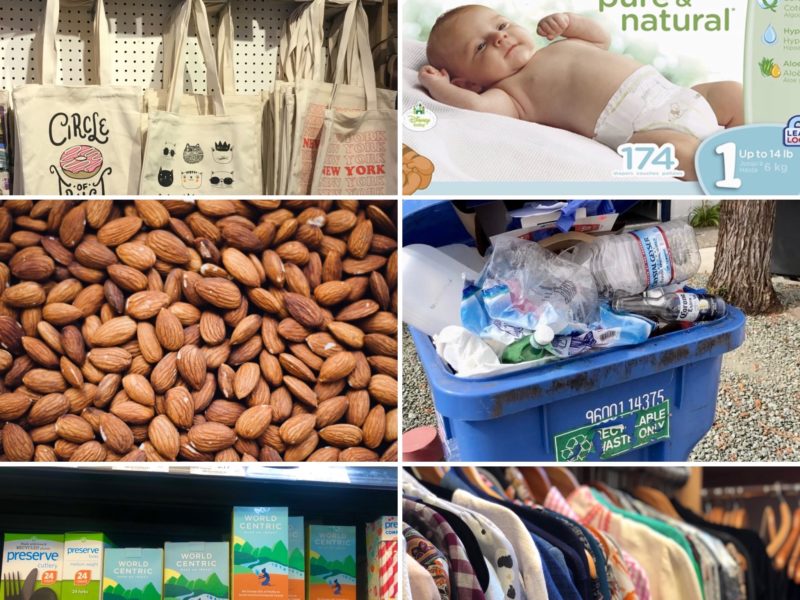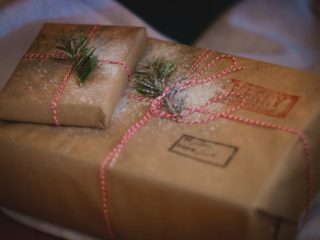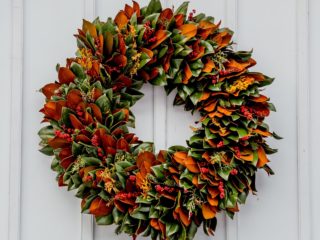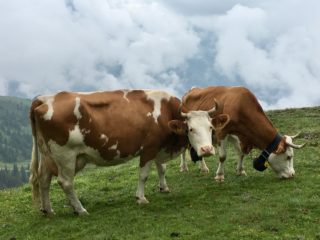You’re trying to do your best to be planet-friendly, but some of the things you’re doing aren’t that sustainable. Check out the eco-friendly alternatives to get you back on track.
Table of Contents
Believing Product Promotional Material

When you’re deciding what to buy, do you automatically choose the product emblazoned with “sustainable,” “eco-friendly,” or “green” labeling? I too can be tempted by this type of promotional material, but all too frequently, companies resort to greenwashing their products to appeal to environmentally conscious shoppers.
Eco-Friendly Alternatives
Instead of accepting manufacturer claims, become an educated consumer by taking a few minutes to do some background digging on products and brands. Follow these tips to avoid being greenwashed:
- Consult accredited certification agencies and organizations that will help you make informed purchases and give a product a stamp of environmental legitimacy.
- Be on the lookout for vague and unsubstantiated environmental claims. Products with labels like “eco-friendly,” “biodegradable,” “all-natural,” “ethical,” or “healthy” generally aren’t. Also, don’t be fooled by product advertising with nature-based themes and slogans or excessive green coloring.
- Buy less. The easiest way to avoid being greenwashed is to buy less!
For more information and resources, see Green That Life’s detailed guide on what is greenwashing and how to avoid being duped.
Buying Biodegradable Products
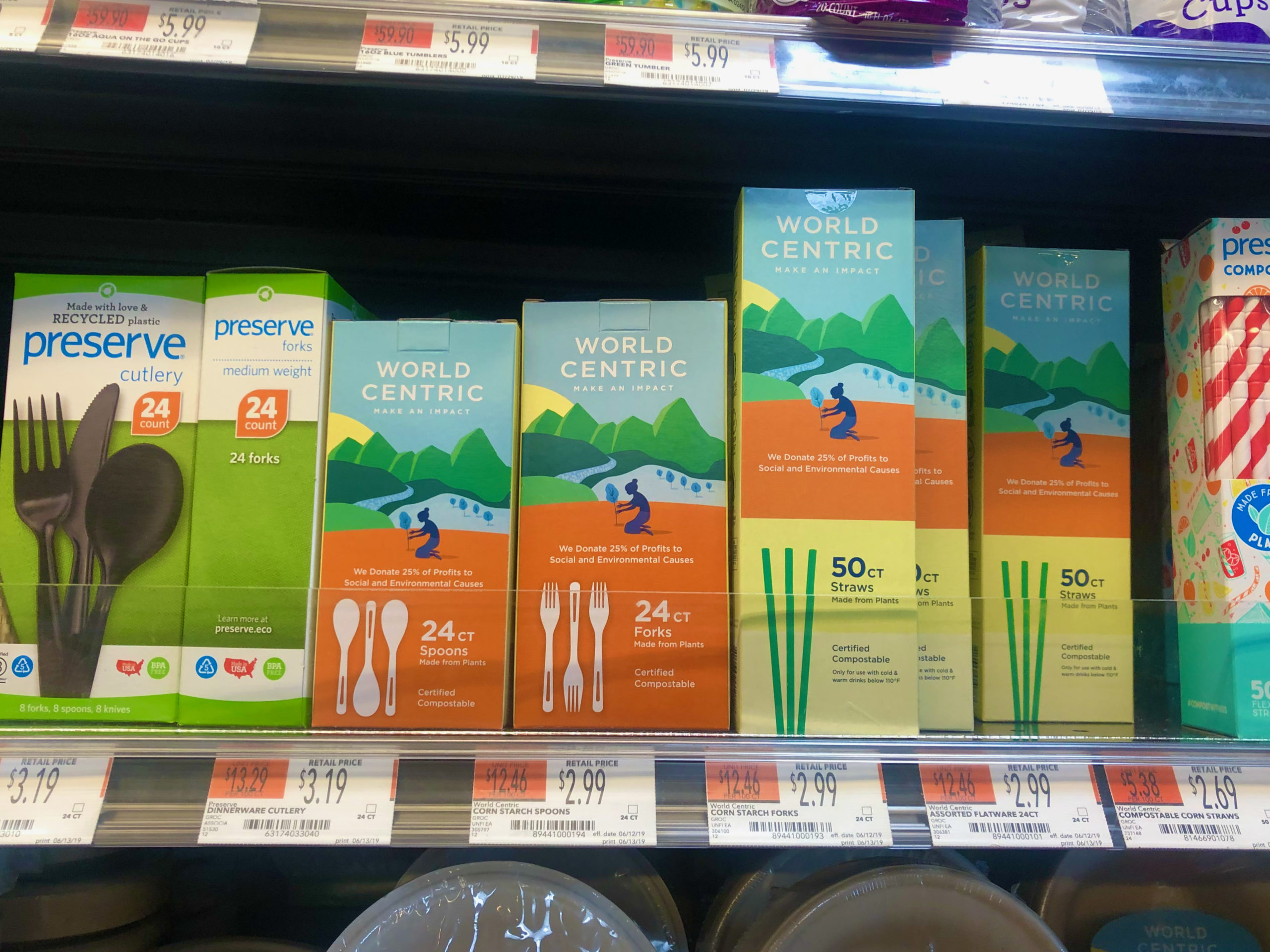
Plastic pollution is at a crisis point with waste from single-use plastic products littering the planet. As public outcry swells over the needless accumulation of plastic waste, manufacturers have scrambled to trot out eco-friendly alternatives while continuing to encourage consumer spending. Their solution: compostable and biodegradable single-use products that allegedly degrade and leave no waste.
The reality is that most of these products do not degrade in any reasonable amount of time and those that do will only do so under the right conditions.
Products that are certified compostable will degrade within a reasonable time period of 90 days, and some may decompose in your backyard compost system, but most products will only degrade within a specific compost environment, such as a certified compost facility.
Unless you’re part of a community composting program or have access to a private organics recycling service, these types of products (even those that are certified) will not decompose. Tossing compostable items in the trash won’t work and they can’t be recycled.
Eco-Friendly Alternatives
Remember that reusable is always best, so before you reach for any single-use item–plastic, compostable, biodegradable, or otherwise–invest in (or even better, make!) durable alternatives that will last for years.
If you must use single-use products, choose compostable options that are more environmentally friendly than their plastic counterparts. As always, do your homework to ensure that what you’re purchasing is compostable. To assist, there are consumer guides and Green That Life’s suggestions for certified compostable products.
Buying Reusable Bags, Bags, Bags
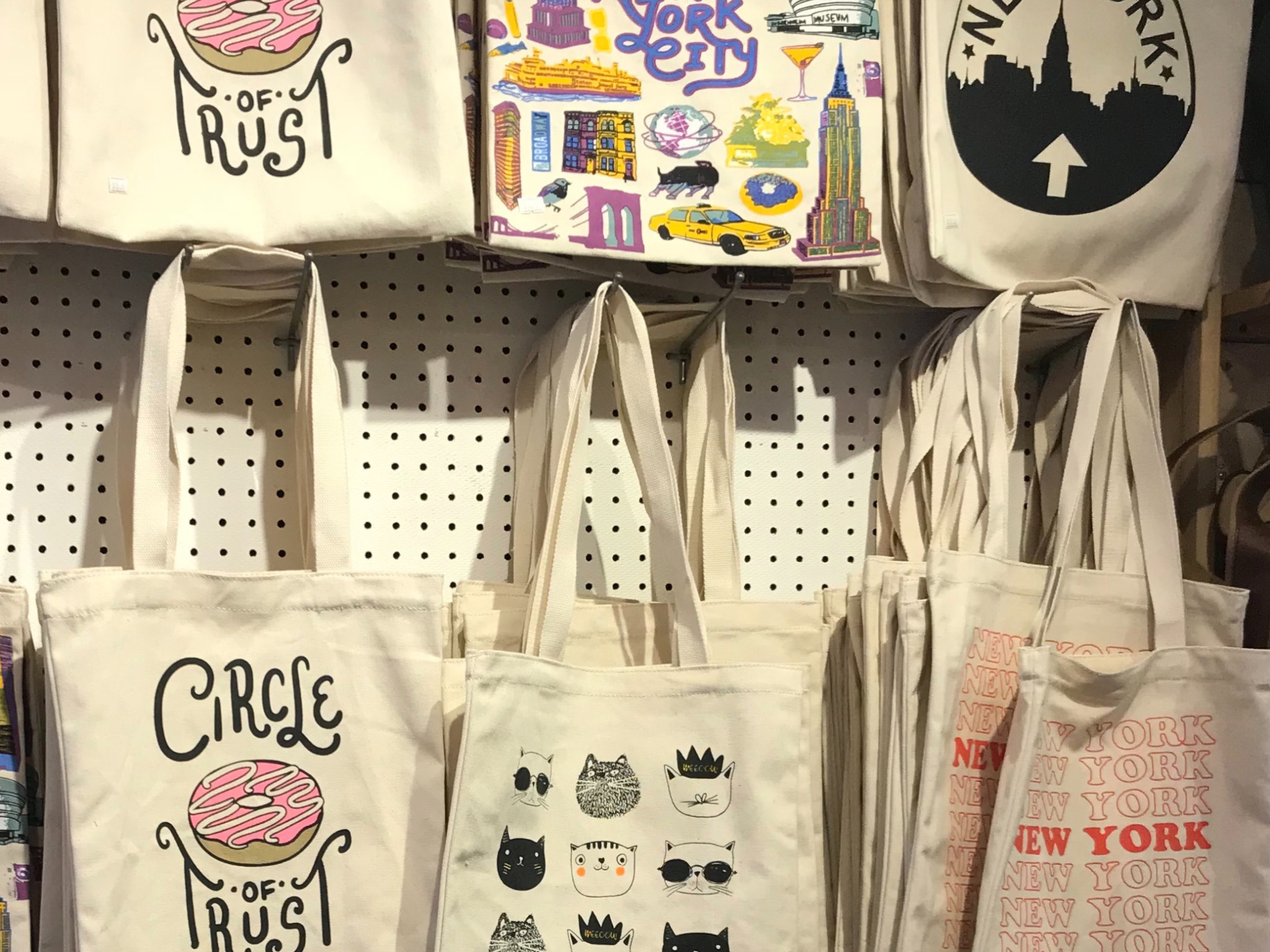
Before you protest, let me explain. I don’t have a problem with reusable bags per se. It’s also a pointless exercise (as some in the environmental community have done) to belabor the minutiae of the number of times you’d need to tote a cotton bag for it to be considered environmentally friendly. Our mere presence on this earth has an environmental impact. The key is to focus on lifestyle habits that will yield net environmental benefits.
So yes, single-use plastic (and biodegradable) bags that are made from non-renewable fossil fuels, used once (used twice for dog poop does not make them “reusable”) before being trashed or littered are far worse for the planet than your reusable bags.
What is worth highlighting, however, is the quantity of reusable bags you might own. Do you have dozens of shopping bags sitting in the back of your car or in your closet? Do you throw them away after a few uses, or if they’re out of style, or look slightly dirty and worn? Ask yourself the same question when it comes to all those reusable straws, cups, mugs, food containers, bursting from your kitchen cabinets.
Eco-Friendly Alternatives
The goal here is to minimize our environmental impact: Buy less and consume less. Don’t treat your reusable bags like a single-use item by purchasing multiple bags that you don’t need or tossing them out simply because they’re a little dirty or in need of repair.
Pick a sturdy shopping bag or two, along with foldable ones to throw in your pocket or purse. Don’t forget a couple of small bags for produce or bulk shopping. Ideally, they’re made from recycled or upcycled materials, but more importantly, treat your bags (and all reusable items) with care, washing and repairing, as needed, so that they last for years, if not decades.
Drinking Almond Milk
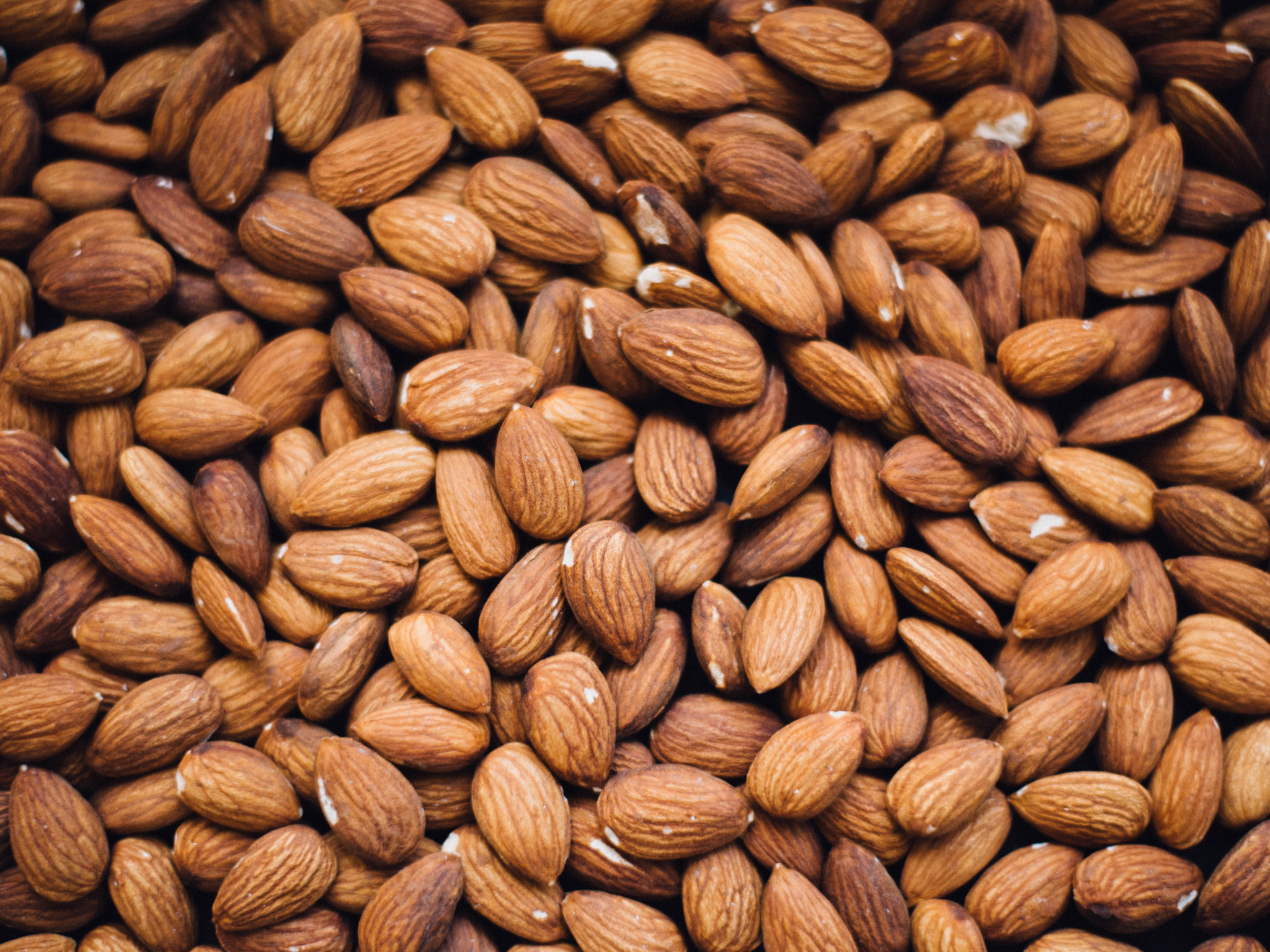
I have to admit, I was an almond milk junkie, believing that since it was plant-based it had to be planet-friendly. Animal-based food production is indeed more resource-intensive than the production of plant-based foods, but almond production employs a number of practices that aren’t so environmentally friendly.
Part of the problem is demand. People love almonds and they really love almond milk. Almond milk is the dominant market leader in plant-based milk products, with sales at one time soaring by as much as 250% in just five years. To meet demand, almond growers require not only land but a lot of water–as much as 1.3 million gallons per year for one acre of trees.
With 80% of the world’s almonds farmed in California, a region that is experiencing increased droughts due to climate change, almond production has strained natural resources. Adding to the high water footprint is almond production’s excessive use of harmful pesticides that have contributed to the decline in honeybee populations.
Almonds aren’t the only plant-based culprits with a steep water footprint, but the surge in demand for almonds and the area in which they’re grown has made this nut the bad-boy poster child for plant-based milk products.
Eco-Friendly Alternatives
By all means, continue to eat almonds, just not as much! Supplement almond milk with other more environmentally friendly plant-based products, such as oat milk, or even make your own nut milk.
To get your almond fix, look for brands that are certified bee-friendly, such as Silk Organic Almond Milk or Almond Cow. Kind Healthy Snacks, for example, is one brand that plans to source its almonds exclusively from bee-friendly farms, while Haagan-Dazs ice cream has received the Xerces Bee Better certification so you can enjoy your almond ice cream, guilt-free!
As with every food purchase you make, buy only what you need, use up leftovers, freeze what you can’t, and compost the waste.
Recycling (Sort of)

There are two ways to take the “eco-friendly” out of your recycling efforts: first, by assuming that recycling is the best way to reduce waste, and second, by not recycling properly (aka wish-cycling).
Recycling is one way to manage our waste crisis but it is by no means the best way. Just because something is “recyclable” doesn’t mean it will be recycled. Due to a variety of factors, including volatility in demand for recyclables, consumer confusion, and technological challenges, most items are not recycled. When it comes to plastic, less than 10% is recycled. Everything else ends up festering in landfills, or worse, as mounting pollution.
Despite recycling’s poor track record in waste reduction, we’ve been duped for decades into believing that recycling is the best way to reduce waste. The message from manufacturers–particularly those in the plastic packaging sector–has been: keep consuming and don’t worry about the waste. Recycling will fix it!
Eco-Friendly Alternatives
The most effective way to reduce waste is to make less of it. In short, buy and consume less and keep the Rs of waste reduction in mind:
Rethink how you live your life with the goal of minimizing waste and reusing as much as possible.
Reuse and Repair your belongings until you’re ready to sell, donate or dispose of them responsibly.
Refuse and Reduce single-use disposables and unnecessary packaging.
Rot. Instead of throwing away food and other organics, compost (or “rot”) them into nutrient-rich soil.
Recycle. When you do recycle, make sure to recycle right. Use Green That Life’s Recycling Resources as a guide for what you can and can’t put in your recycling bin.
Buying “Sustainable” Fashion

There’s no such thing as a “green” product. That’s the title of an excellent article on corporate greenwashing by Professors Trevor Zink and Roland Geyer. When it comes to the fashion industry, there’s not much green to be found.
This industry is responsible for approximately 10% of global greenhouse gas emissions and runs rampant in its exploitation of natural resources. In our desire to purchase new and trendy clothes (sustainable or not), we generate a ton of waste. Only 15% of all clothing is recycled, with most of it incinerated or landfilled.
Eco-Friendly Alternatives
While I do love my things–clothes, in particular–it’s important to remember Zink and Geyer’s statement so you think twice before making a new purchase.
If you’re getting sick of the “consume less” mantra, good. It means you’ve uncovered the underlying rule to minimizing your environmental impact. The good news is you can still enjoy your possessions, clothes included. The eco-friendly alternatives to buying sustainable fashion embrace the (you guessed it) “consume less” mantra. Simply put: Shop less and shop better.
Shop your closet before making any new purchases.
Care for your clothes. Invest in a few well-made clothes made from durable materials that will last for years. Repair when needed and wash sparingly, using the cold cycle and environmentally friendly cleaning products.
Rent, swap, or shop pre-loved before you shop for new. The carbon footprint of secondhand items is considerably lower than new clothing, so before you buy new, swap, rent, or buy gently worn items.
Shopping new? If you must shop new, then first do your research. To guide you, see Green That Life’s sustainable fashion resources and list of accreditation agencies, along with recommended sustainable fashion brands.
Focusing Exclusively On Your Own Sustainable Habits
It’s not all about you. As in, you’re not the main cause of the problem.
This isn’t to let you off the hook. We still need to minimize our individual environmental footprints, but it’s also important to recognize that there are more impactful ways to effect change beyond personal lifestyle changes.
Eco-Friendly Alternatives
Understanding the bigger picture is critical. Manufacturers and corporations must transform their business models to reduce their environmental impact. We have the power to accelerate this transformation through collective action–rejecting companies, products and services that aren’t sustainable.
In addition, our government needs to be a leader in climate action and a better consumer watchdog. Some states are stepping up, enacting substantive climate action plans and legislation that holds packaging manufacturers responsible for the waste and pollution they’ve created. This is a start, but more must be done. We can do our part by supporting and voting for legislators with climate-forward agendas.

